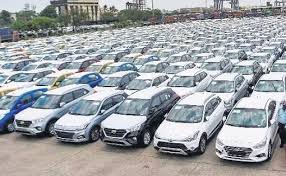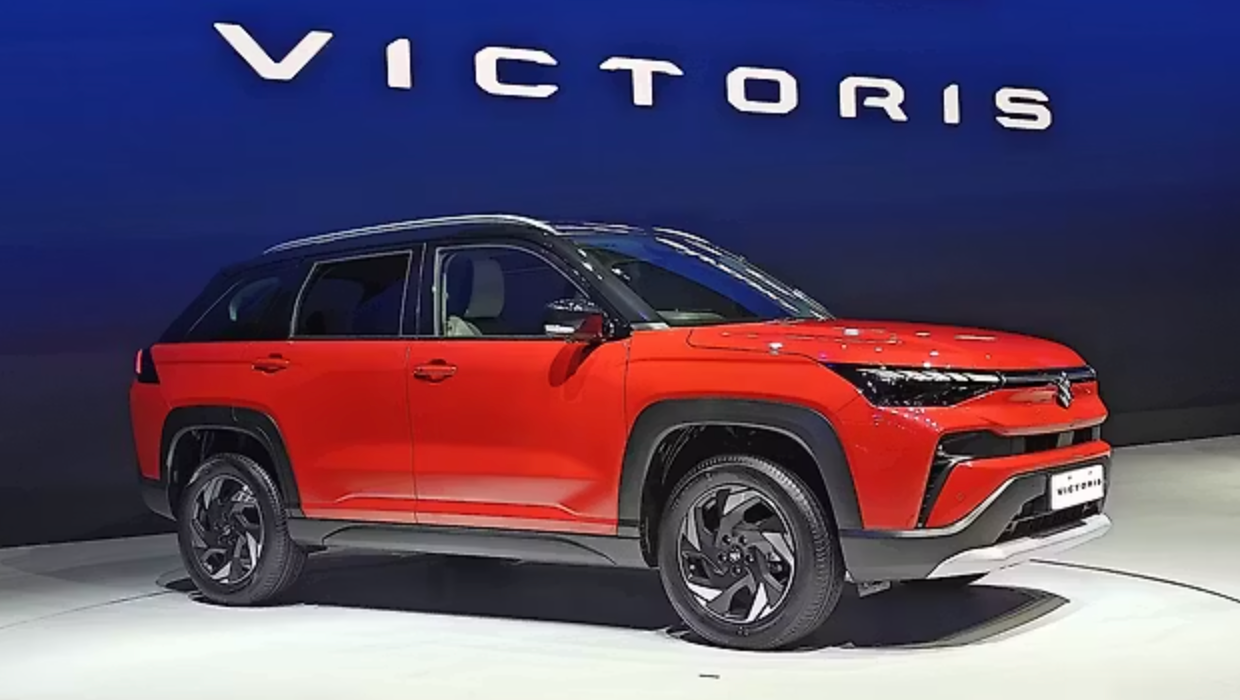A Journey Through India’s Auto Industry: From Independence to Electrification
India’s automotive landscape has undergone a remarkable transformation since independence, evolving from a nascent industry to a global powerhouse. This article delves into the key milestones, policies, and trends that have shaped the nation’s automotive journey.

The Formative Years: 1947-1980
The early years of Indian independence witnessed a slow-paced automotive industry, primarily catering to the affluent elite. Strict government regulations and a protectionist stance hindered foreign investment, limiting competition and technological advancements.
- Dominance of Domestic Players: Hindustan Motors and Premier Automobiles emerged as the leading players, producing models like the Ambassador and Padmini, respectively. These cars became synonymous with India’s middle class.
- Strategic Partnerships: Mahindra & Mahindra’s collaboration with Willys Jeep and Tata Motors’ joint venture with Mercedes-Benz marked the beginning of strategic alliances that would shape the industry’s future.
Liberalization and Global Integration: 1980s-1990s
The 1980s ushered in a new era of economic reforms, paving the way for the liberalization of the Indian auto industry. The landmark economic reforms of 1991 opened the floodgates for foreign investment, leading to a surge in competition and technological advancements.
- Maruti Udyog’s Revolution: The introduction of Maruti Udyog Limited in collaboration with Suzuki Motor Corporation marked a turning point, making affordable cars accessible to the masses. The iconic Maruti 800 became a household name.
- Broad-banding and Delicensing: Government policies such as broad-banding and delicensing further accelerated the industry’s growth, encouraging diversification and attracting global automakers.
- Foreign Investment Influx: Companies like Suzuki, Toyota, and Hyundai established manufacturing bases in India, bringing in advanced technologies and global best practices.
Infrastructure Development and Environmental Focus: 2000s Onwards
The early 2000s witnessed significant infrastructure improvements, with the Mumbai-Pune Expressway serving as a catalyst for better connectivity. Simultaneously, the growing emphasis on environmental sustainability led to the adoption of cleaner technologies.
- CNG Adoption: The government’s push for CNG vehicles to combat air pollution led to a surge in CNG-powered cars.
- Stricter Emission Norms: The Supreme Court’s intervention in 1999 mandated stricter emission control standards, driving the adoption of fuel injection technology and paving the way for cleaner vehicles.
- Hybrid and Electric Vehicles: The 2010s saw the introduction of hybrid technology, laying the groundwork for the eventual transition to electric vehicles.
India’s Automotive Industry Today
India has emerged as a global automotive manufacturing hub, attracting significant investments and producing a wide range of vehicles. The industry is poised for further growth, driven by increasing disposable incomes, urbanization, and government initiatives to promote electric mobility.
While challenges such as infrastructure bottlenecks and supply chain disruptions persist, the Indian auto industry is well-positioned to capitalize on emerging trends and technologies, solidifying its position as a key player in the global automotive landscape.
FAQs:
When did the Indian auto industry start?
The Indian auto industry began to take shape in the post-independence era, with the establishment of companies like Hindustan Motors and Premier Automobiles.
What was the first car made in India?
The Hindustan Ambassador, based on the British Morris Oxford, was one of the earliest cars produced in India.
What are the major challenges faced by the Indian auto industry?
The Indian auto industry faces challenges such as infrastructure bottlenecks, supply chain disruptions, stringent emission norms, and the transition to electric vehicles.
How has the government supported the Indian auto industry?
The government has supported the Indian auto industry through policies like liberalization, infrastructure development, and incentives for electric vehicle adoption.
What is the future outlook for the Indian auto industry?
The future outlook for the Indian auto industry is promising, with a focus on electric vehicles, connected cars, and autonomous driving technologies.




